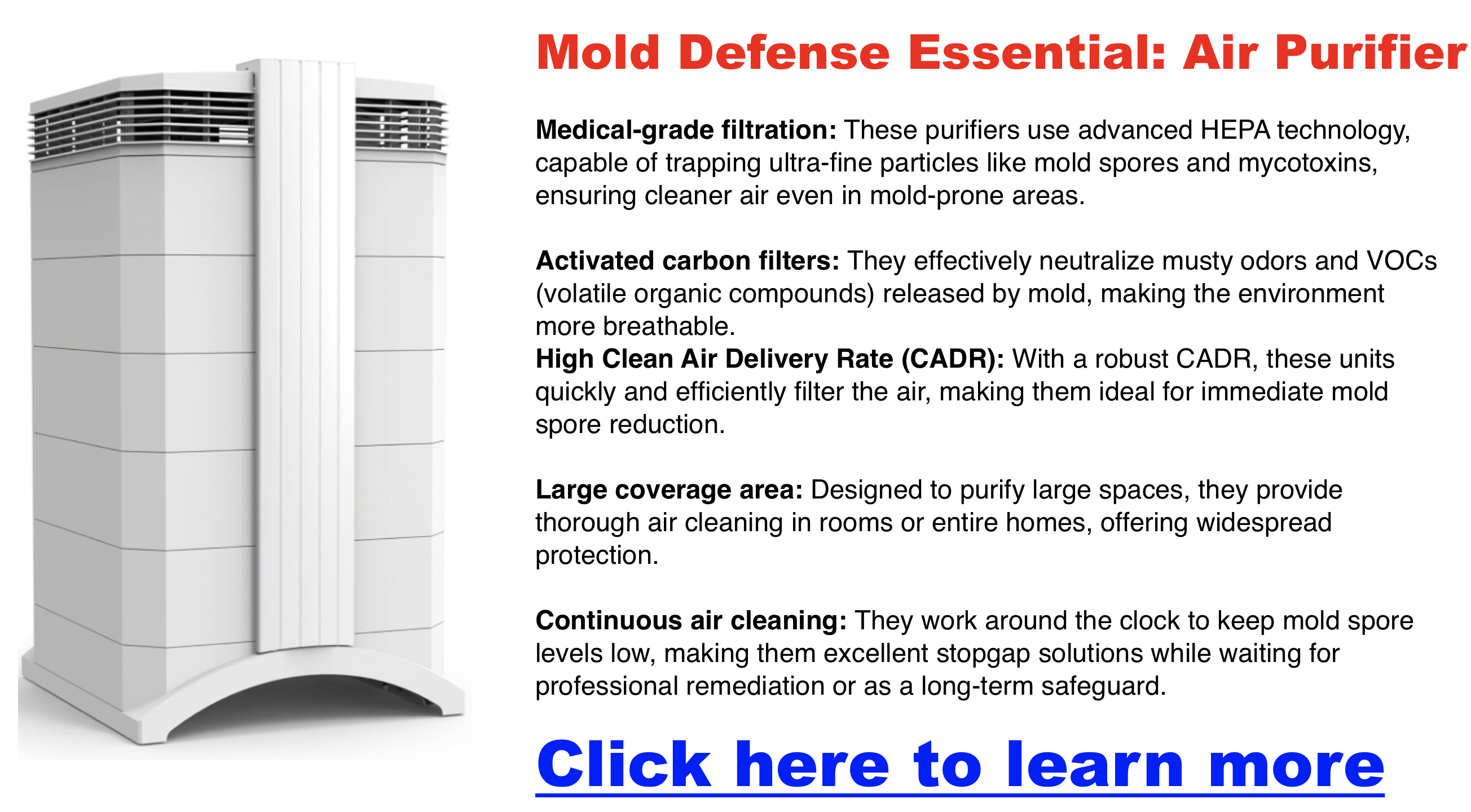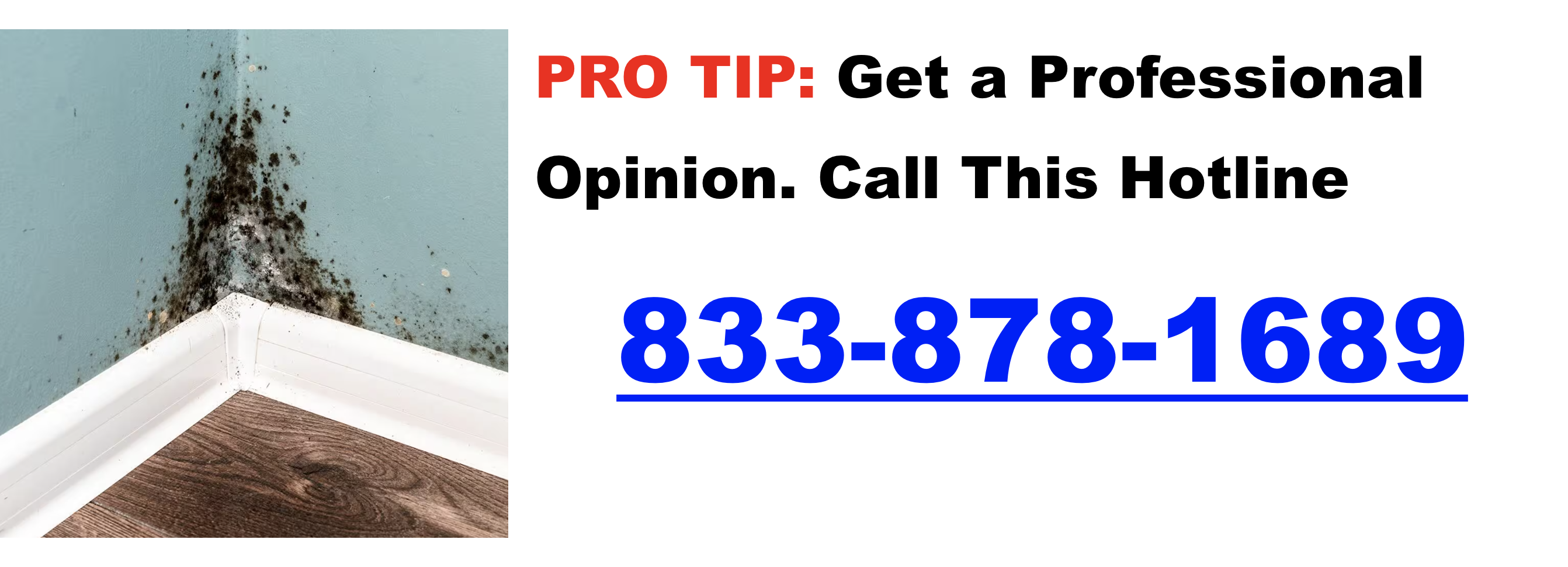Attic Mold Removal: How To Find, Clean, Remove
Mold poses health risks when its spores are inhaled and can cause significant structural damage by accelerating wood rot. Tackling attic mold requires removing the mold itself and addressing the underlying moisture issues to prevent recurrence.
Identifying the Source of Moisture
Before removing mold, it’s crucial to identify what’s causing excess moisture in your attic.
Common causes include:
- Poor Ventilation: Without proper airflow, moisture becomes trapped, creating an ideal mold environment.
- Roof Leaks: Any damage to the roof allows water to seep in.
- Exhaust Issues: Bathroom fans or dryer vents sometimes expel warm, moist air into the attic rather than outside.
- Wet Insulation: Moisture can become trapped in insulation, fostering mold growth.
- Frost Buildup: During winter, warm air from the living space may rise into the attic, condense, and freeze, later causing mold as it melts.
Steps to Inspect for Moisture:
- Check for visible signs of roof leaks, such as water stains or damp wood.
- Inspect soffit and ridge vents for blockages.
- Ensure bathroom fans and dryer vents expel air outside the house.
- Examine insulation for dampness or mold.
- Look for frost buildup on the underside of the roof during cold months.
Mold Removal Options
Safety Precautions
Protective Gear Recommendations:
- N95 Respirator Mask: Prevents the inhalation of mold spores.
- Gloves: Use rubber gloves to avoid skin contact.
- Eye Protection: Safety goggles prevent mold spores from getting into your eyes.
- Protective Suit: A disposable coverall helps minimize skin exposure and clothing contamination.
Preventing Cross-Contamination:
- Isolate the Area: Seal off the attic using plastic sheeting and tape to prevent the spores from spreading to other home parts during cleaning.
- Ventilation: Ensure the attic has good airflow, but avoid directing spores into your home’s HVAC system.
Cleaning Solutions
Bleach:
- Not Ideal for Porous Surfaces: While bleach is commonly used for mold removal, the EPA advises against it for porous materials like wood. Bleach may only kill surface mold, leaving roots intact and prone to regrowth.
Vinegar:
- An Effective Alternative: Vinegar is a safer and more effective for treating mold on porous surfaces. Its mild acidity penetrates the material and can kill mold at its root.
- How to Use: Spray undiluted white vinegar onto the moldy area and let it sit for at least one hour. This allows the vinegar to fully penetrate and kill the mold spores. Rinse with clean water and wipe dry.
Hydrogen Peroxide:
- Dual Benefits: This is another effective cleaner that kills mold and disinfects the area. Apply a 3% hydrogen peroxide solution, let it bubble on the surface for about 10 minutes, and then scrub and wipe down.
Concrobium:
- Long-Term Protection: This commercial cleaner kills mold and leaves behind an antimicrobial barrier to help prevent future growth. Spray it on and allow it to dry without rinsing.
Cleaning Techniques
Step-by-Step Process for DIY Mold Removal:
- Prepare the Area: Wear protective gear and isolate the attic using plastic sheeting.
- Apply the Cleaning Solution: Choose your preferred cleaner (e.g., vinegar or hydrogen peroxide) and apply it generously to the mold-affected areas.
- Let It Sit: Allow the solution to remain on the surface for at least one hour to ensure it kills the mold.
- Scrub: Use a hard-bristled brush to scrub the moldy surface. This step is essential for loosening mold that has adhered to porous materials.
- Rinse and Dry: With clean water and dry the area completely to avoid lingering moisture.
- HEPA Vacuuming: After scrubbing, vacuum the cleaned area with a HEPA filter to suck up remaining mold spores and debris.
After Cleaning: Addressing the Moisture Problem
Even if you remove the mold, it will likely return if the underlying moisture problem isn’t resolved. Here’s what to do after cleaning:
Fix Leaks and Insulation Issues:
- Roof Repairs: Ensure roof leaks are promptly repaired to prevent future water intrusion.
- Check Insulation: Poor or damaged insulation can lead to temperature imbalances and condensation. Replace or add insulation as needed to keep the attic dry.
Improve Ventilation:
- Install or Unblock Vents: Ensure ridge, soffit, and gable vents are open and clear of obstructions to promote proper airflow.
- Redirect Exhaust Fans: Verify that bathroom and kitchen exhaust fans are vented outside, not into the attic space, to prevent the buildup of humid air.
Professional Mold Remediation
For larger infestations or if you’re unsure of the severity, it’s best to hire a professional mold remediation service.
Benefits of Hiring a Professional:
- Professionals use HEPA vacuums and encapsulants to effectively remove mold and prevent its return.
- They can identify and repair moisture sources, ensuring long-term prevention.
Cost Considerations: Typically ranges from $1,000 to $4,900 USD, depending on the severity of the infestation and necessary repairs. Factors affecting cost include the size of the area and the extent of mold damage.
Preventing Future Mold Growth
Once the mold is removed, preventing future infestations requires vigilance and proper maintenance.
Key Prevention Strategies:
- Air Sealing: Seal any gaps around plumbing pipes, electrical wires, and other penetrations in the attic floor to prevent warm, moist air from rising into the attic.
- Dehumidification: A dehumidifier controls moisture levels, especially during humid months.
- Proper Ventilation: Ensure a balanced system of soffit and ridge vents to maintain airflow.
- Exhaust Fans: Make sure all bathroom and kitchen exhaust fans are vented outside and use them during activities that generate moisture.
- Insulation: Use proper insulation, such as cellulose insulation, to maintain attic temperature and reduce condensation.
Conclusion
Removing attic mold is not just about cleaning the visible mold—it’s about addressing the underlying moisture issues to ensure long-term success. Whether you opt for a DIY approach or hire a professional, be sure to take steps to prevent future mold growth by maintaining proper ventilation, sealing leaks, and controlling moisture levels. A mold-free attic means a healthier home, a stronger structure, and more energy efficiency.
- Why Your Septic Tank Smells When It Rains (and What to Do About It)
- How to Handle Water-Damaged Wood in Your Home or Business
- How to Prevent and Remove Mold from Pillows: A Complete Guide
- Why Is My Carpet Always Wet? A Step-by-Step Guide to Identifying the Source of Moisture
- Signs of Septic System Failure and What It Means for Your Basement



